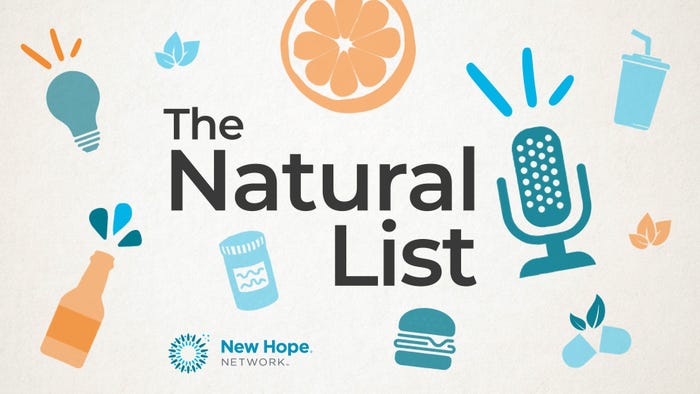Successful CPG brands need collaborators, champions on their side
Most entrepreneurs focus on building a community of shoppers, but communities of collaborators and champions are equally important because no one succeeds alone.

In his writing community expert Jono Bacon writes of three distinct types of community: consumers (shoppers), collaborators and champions. The first is where most entrepreneurs focus their efforts. Obviously, in order to drive sales, you need to build a community of shoppers. The latter two are often not given the appropriate attention or priority.
The CPG entrepreneur's journey is brutal. There is a reason that 80%-90% of CPG brands fail within two years. Founders face rejection and isolation and are told to go one way and then another. They have limited capital and even more limited bandwidth. To succeed in this industry is hard.
With rare exceptions, every founder who achieves meaningful success does so on the shoulders of those in their extended network. A surefire way to make it even harder is to try to do it without developing a robust community of collaborators and champions. Let's examine each of these two distinct communities in a bit more detail.
Collaborators help dispel fear and doubt
Your community of collaborators is made up mostly of your peers, fellow founders fighting the good fight. It might also include retail partners, influencers and other alternative outlets. These are folks with whom you can lay your competitive gloves aside, roll up your sleeves and find ways in which you can work together to amplify results. Examples include IG giveaways, joint promotions, merchandising, resource sharing and more. It is also where you share best practices, refer good providers and open up about failures or hard-fought lessons.
I've shared often that fear and doubt are two constant companions of every entrepreneur on this path. When you are isolated, fear and doubt are at their loudest. The members of this community share that same fear and doubt. While it won't make it go away, feeling less alone reduces its crippling effects.
Lastly, your community of collaborators is a great place to share your wins because they all know that those can be few and far between.
Champions share wisdom, connections
Your community of champions consists of the door openers and the force multipliers. They include investors, advisors, board members, service providers and others who have come alongside for no other reason than to help you succeed. These are the folks who, with a single email or phone call, can get you in front of the person who can change the whole trajectory of your business.
Champions tell you what you need to hear, not what you want to hear. They've spent years developing their network and are happy to leverage it to help you. They are wise, not because they are more intelligent, but instead, they have made many of the mistakes you are hoping to avoid. The cool thing is, they're eager to impart this wisdom. All this talk about being self-made is crap. Nobody succeeds on their own. Everyone needs champions.
Building community is an economic engine. Tardigrade brands differentiate themselves by actively building all three types of community, giving each equal priority. Standing on the shoulders of the members of these three communities elevates founders and their brands to heights they could not achieve on their own. So, continue building your shopper community—but with the same level of effort and investment, simultaneously build your communities of collaborators and champions. Do it, and you'll outperform those who don't.
Editor's note: This is the ninth of 10 Tardigrade columns by Elliot Begoun, but it was published after the 10th column. The eighth column in the series is here, and the 10th is here.
About the Author(s)
You May Also Like




